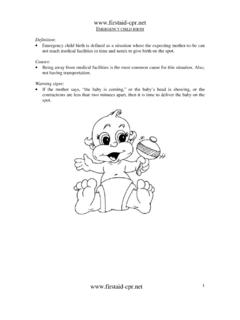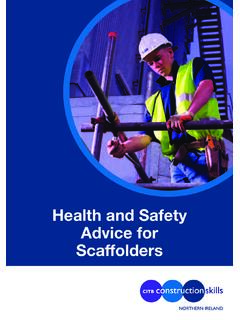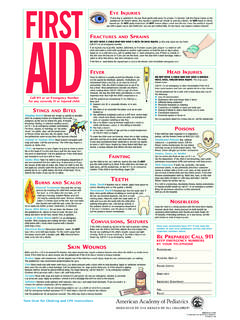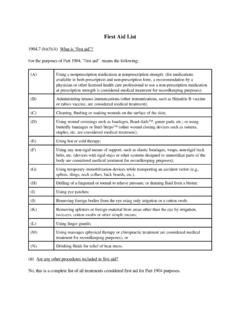Transcription of What is CPR
1 1 what IS CPR CPR stands for Cardio Pulmonary Resuscitation; Cardio refers to the heart. Pulmonary refers to the lungs. Resuscitation refers to the attempts made to try and keep someone alive. CPR is done only when someone is unconscious, is not responding, and has stopped breathing. CPR is never done on anyone unless these conditions are met! There are many causes of these circumstances, such as; heart attacks, strokes, drowning, electrocution, poisoning, severe injuries, etc. But, regardless of the cause the treatment is the same. CPR involves two main things; 1. Blowing air into the casualty (because they are not breathing on their own) 2. Compressing their chest to squeeze the heart. When the heart is squeezed blood will circulate. By circulating blood we also circulate oxygen that is in the blood stream. The main purpose of CPR is to keep organs alive by supplying them with oxygen. A few things you need to know; CPR, when done correctly, is only 25% as good as real breathing and real circulation.
2 CPR is only successful at saving someone about 3% of the time, but it s better than 0%. The person s chance of survival is greatly increased with early defibrillation and early advance medical care. Ribs will break when you compress on someone s chest, but if you don t do CPR they will die for sure. The steps for CPR need to be practiced in a real classroom setting. This is not something you can just watch or read about then try to perform.






